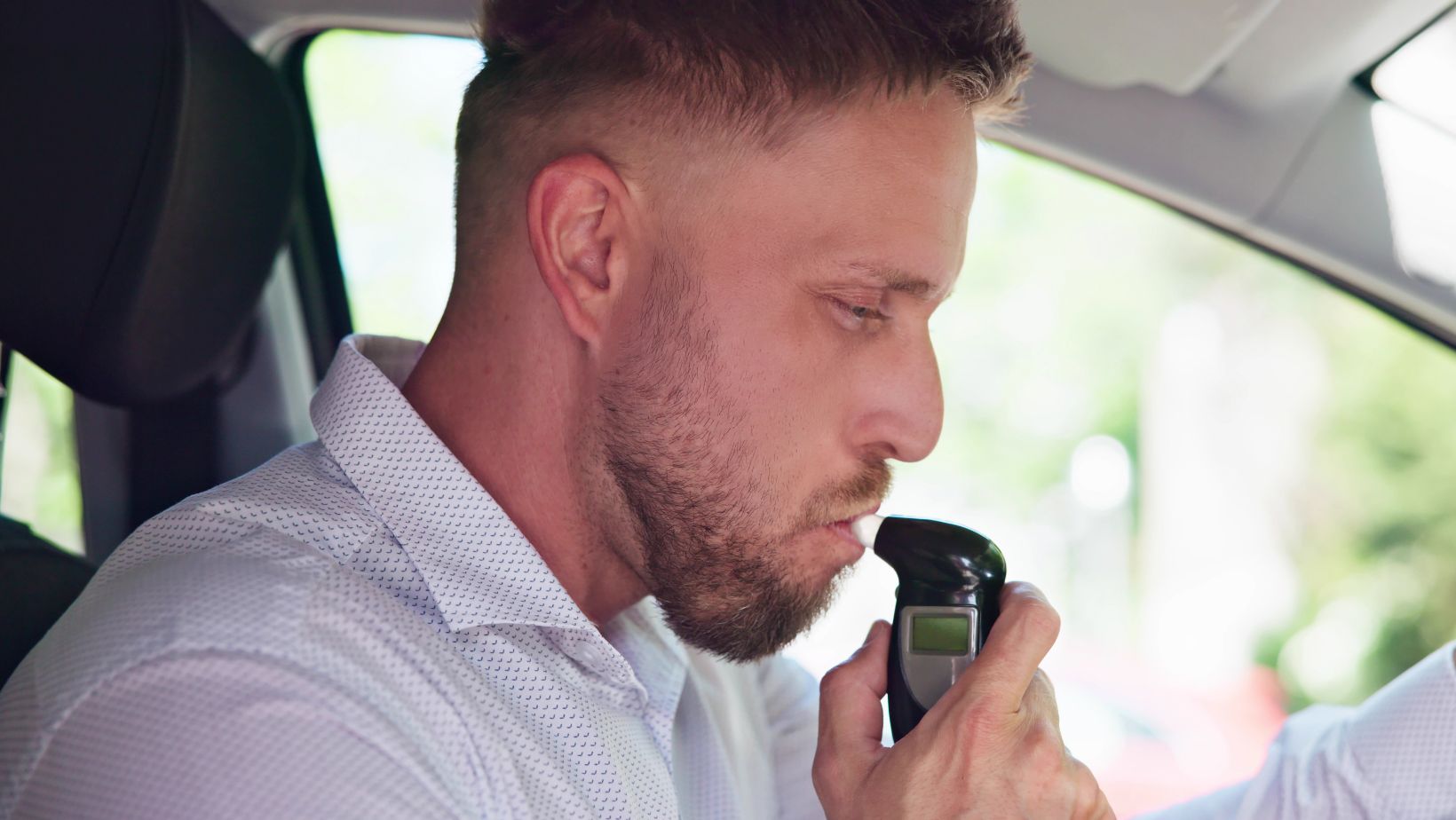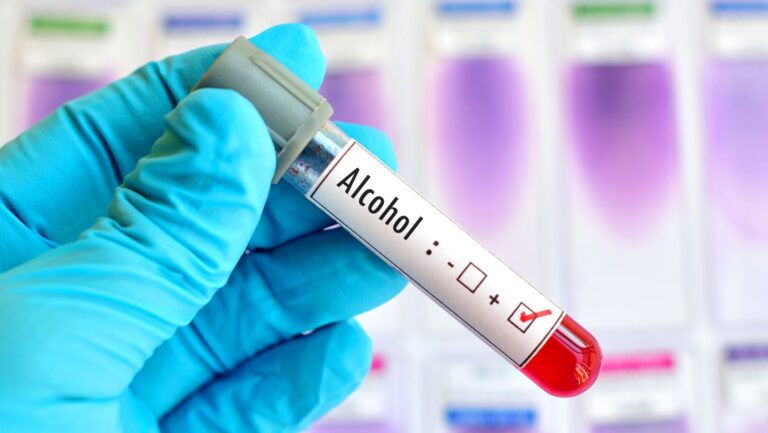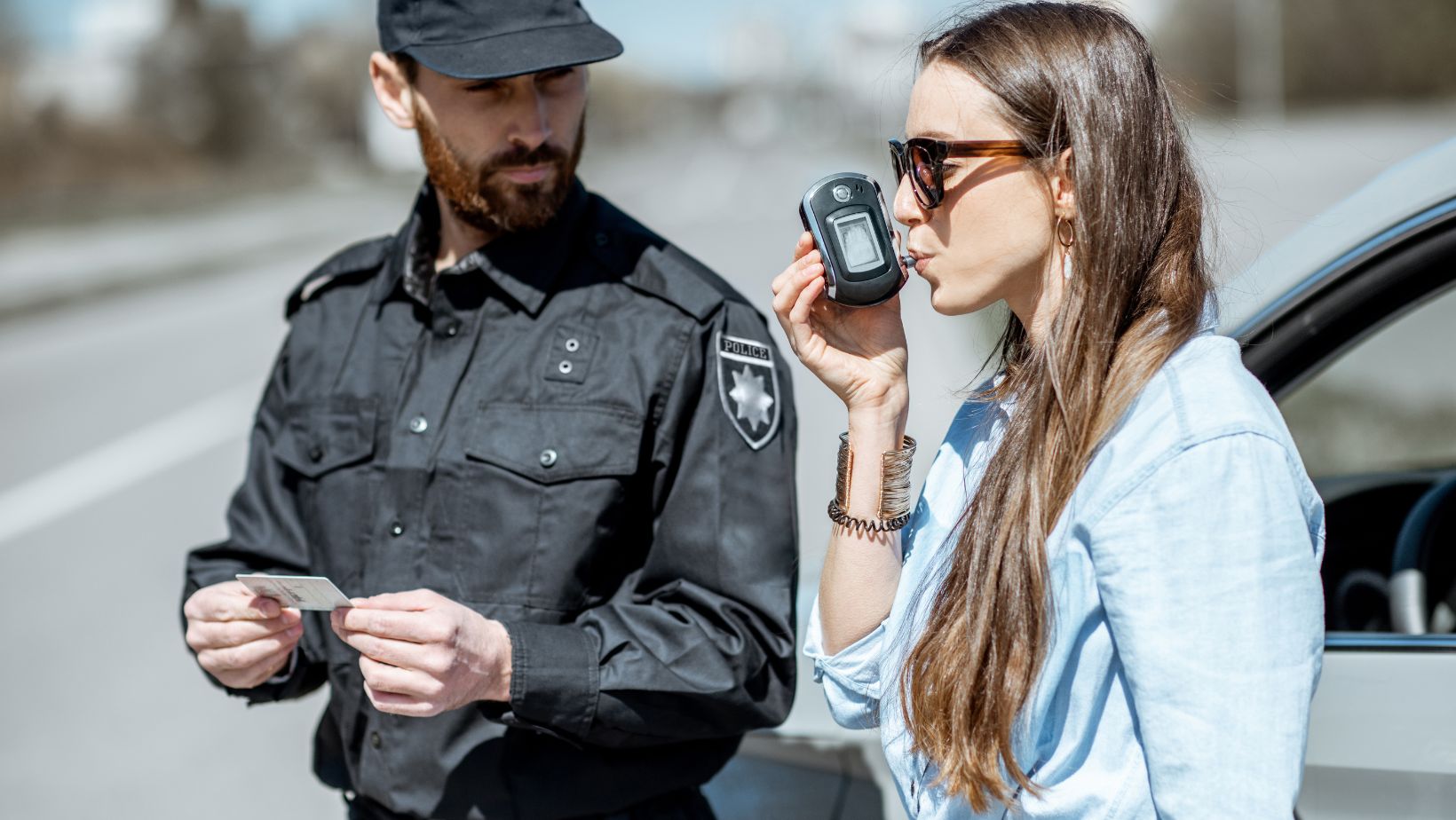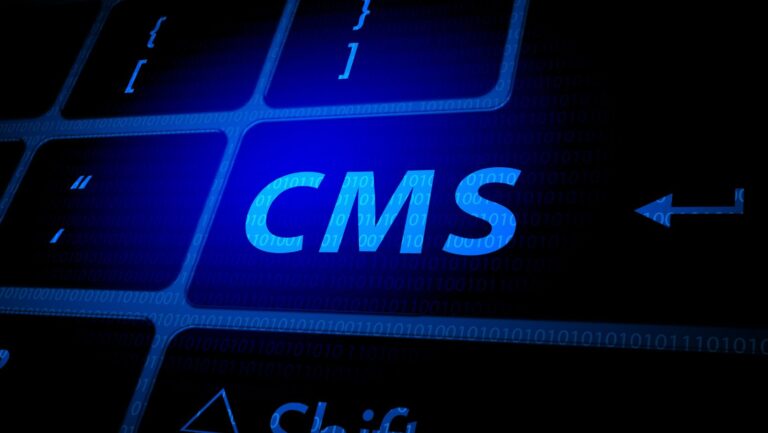Breathalysers, also known as breath alcohol testers, are essential tools for measuring blood alcohol content (BAC) through a breath sample. They are widely used for personal monitoring, professional testing, and ensuring safety in various settings.
Choosing and using a breathalyser accurately is crucial for reliable results and effective alcohol management. This article provides a comprehensive guide on how to select the right breathalyser and use it effectively for accurate alcohol testing.
Understanding How Breathalysers Work
Breathalyser estimates BAC by measuring the amount of alcohol in a breath sample. The process generally involves the following steps:
- Breath Sample Collection: The user exhales into the breathalyzer, which captures the alcohol present in the breath.
- Alcohol Detection: The breathalyser uses either a fuel cell or a semiconductor sensor to detect the concentration of alcohol in the breath sample.
- BAC Calculation: The device converts the alcohol concentration into a BAC reading, usually expressed as a percentage.
Types of Breathalysers
There are different types of breathalysers, each with its technology and application. Selecting the best one for your needs can be made easier if you are aware of these.
- Fuel Cell Breathalysers
Fuel cell breathalysers are known for their accuracy and reliability. They use a chemical reaction to detect alcohol and are less susceptible to interference from other substances.
- Advantages: High accuracy, low susceptibility to interference, and longer lifespan.
- Disadvantages: Generally more expensive than other types.
- Semiconductor Breathalysers
Semiconductor breathalysers use a metal oxide sensor to detect alcohol. They are commonly used for personal monitoring due to their affordability and ease of use.
- Advantages: Affordable, compact, and easy to use.
- Disadvantages: Less accurate than fuel cell breathalysers and more prone to interference from substances like mouthwash or certain foods.
- Infrared Breathalysers
Infrared breathalysers use infrared light to measure alcohol concentration. They are highly accurate but are typically used in professional settings due to their cost and complexity.
- Advantages: High accuracy, especially for high BAC levels.
- Disadvantages: Expensive and complex, generally used by law enforcement or in professional environments.
Choosing the Right Breathalyser
Selecting the right breathalyser involves considering several factors to ensure accuracy and suitability for your needs.
- Accuracy and Calibration
Accuracy is critical for reliable BAC readings. Look for a breathalyser with high accuracy ratings and check if it requires regular calibration. Fuel cell breathalysers are generally more accurate and reliable than semiconductor models.

- Calibration: Some breathalysers require periodic calibration to maintain accuracy. Ensure you understand the calibration process and whether the device needs to be sent to a service center or can be calibrated by the user.
- Ease of Use
Choose a breathalyser that is user-friendly, with a clear display and straightforward instructions. Models with automatic shut-off, easy-to-read screens, and simple operational procedures are ideal for personal use.
- Portability and Design
Consider the size and design of the breathalyser. Portable and compact models are convenient for personal use and travel. Ensure the device has a durable build and a design that suits your lifestyle.
- Features and Functionality
Modern breathalysers come with various features, such as:
- Digital Display: Provides clear BAC readings and often includes features like backlighting for use in low-light conditions.
- Memory Function: Stores previous BAC readings for tracking trends over time.
- Temperature Compensation: Adjusts readings based on breath temperature to improve accuracy.
- Mouthpiece: Replaceable or detachable mouthpieces can be hygienic and convenient for multiple users.
- Price and Budget
Breathalysers range from affordable semiconductor models to high-end infrared devices. Consider your budget and choose a breathalyser that balances cost with required features and accuracy.
Using a Breathalyser Correctly
To achieve accurate and reliable BAC readings, follow these guidelines when using a breathalyser:
- Prepare for Testing
Before using a breathalyser, ensure that you:
- Avoid Eating or Drinking: Refrain from consuming food or drinks, especially alcohol, for at least 15 minutes before testing. Residual alcohol in the mouth can affect the accuracy of the reading.
- Clean the Mouthpiece: Ensure the mouthpiece is clean and free from any residue or contamination. If the breathalyser has a replaceable mouthpiece, use a new one for each test.
- Conduct the Test
Follow these steps for accurate testing:
- Turn On the Device: Power on the breathalyser and wait for it to complete any warm-up period, as indicated in the user manual.
- Wait for the Ready Signal: Most breathalysers will signal when they are ready for testing, usually with a light or sound indicator.
- Exhale Steadily: Take a deep breath and exhale steadily into the mouthpiece. Ensure you blow into the device with consistent pressure and duration, as instructed in the manual.
- Wait for the Result: The breathalyser will process the breath sample and display the BAC reading. Wait for the device to finish processing before removing the mouthpiece.
- Interpret the Results
Understand how to interpret the BAC readings:
- BAC Levels: A BAC reading of 0.08% or higher is typically considered over the legal limit for driving in many countries. However, different jurisdictions may have varying legal limits.
- Accuracy Range: Be aware of the device’s accuracy range and potential margin of error. Consult the user manual for information on acceptable accuracy levels.
3. Regular Maintenance
To ensure continued accuracy, perform regular maintenance:
- Calibration: Follow the manufacturer’s recommendations for calibration intervals. Regularly calibrate the device if required.
- Battery Replacement: Replace the battery as needed to ensure consistent performance. Check battery levels before each use if the device has a low battery indicator.
- Clean and Store: Clean the mouthpiece and store the breathalyser in a dry, cool place when not in use. Keep an eye out for any indications of wear or damage.
Choose and Use A Breathalyser Effectively
Choosing and using a breathalyser effectively involves selecting the right device based on accuracy, ease of use, and features, and following proper procedures for testing.
By understanding the different types of breathalysers, preparing your device and yourself for accurate testing, and maintaining the breathalyser properly, you can ensure reliable and effective alcohol testing.
Whether for personal monitoring or professional use, a high-quality breathalyser can help you manage alcohol consumption, promote safety, and make informed decisions.





